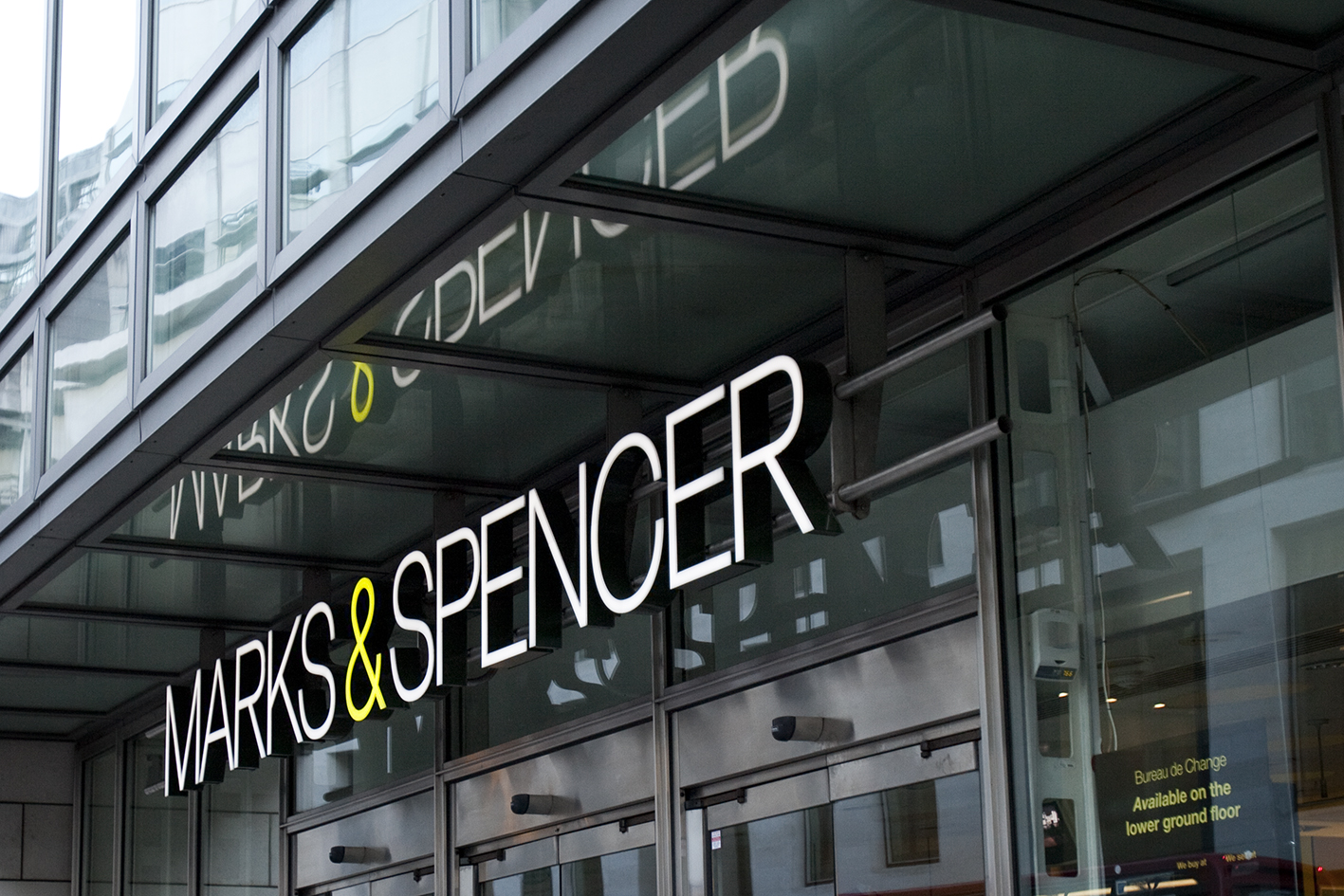Investing
Analysis: has Marks got its Sparks back?

Marks & Spencer jumped to the top of the FTSE leader board today, after its second-quarter update. Investors spied good news, but is a ninth-consecutive fall in general merchandise sales really something to cheer?
There were some significant positives in the statement, particularly in the food business. One thing investors should not forget is that more than half of revenues in the UK come from selling food and other groceries. With the market focusing on falling sales of dresses and cardigans, this fact can get a little lost.
In its last full year, the company’s British grocery business generated £4.9bn in revenues compared with £4.1bn in general merchandise. Compared with peers, its food business is also growing rather rapidly.
In the latest quarter, like-for-like growth in food was 3.2%, up from 1.8% in the first three months of the year. This was ahead of a bullish consensus of 3% growth so what it represents is an impressive performance and brings the half year figure to 2.5%.
J Sainsbury is currently regarded as the best performer out of the major supermarket groups but it showed same-store sales growth of just 1.5% in the first six months of the year. WM Morrison saw like-for-like sales fall 1.6% and Tesco’s UK same store sales fell by 0.5%. So, the strength of the M&S food business compared with its competitors is significant.
However, Marks & Spencer’s troubled non-food business is bothering many investors. Its much-anticipated womenswear re-launch has only eased the rate of sales decline, with no sign of a return to growth just yet.
General merchandise sales, which include clothing and homewares, fell 1.3% in the second quarter on a like-for-like basis. This is a slight improvement on a 1.6% fall in the first three months of the year.
However, the new clothing range was only on sale in the final three weeks and the mild weather at this time was unhelpful. Indeed, the British Retail Consortium (BRC), an industry trade body, said this morning that clothing sales had fallen in October for the first time since March, due to “unseasonably warm weather”.
There is also no doubt that M&S still wears the crown as the nation’s favourite retailer. Upstarts such as Next, a direct competitor to M&S non-food business, had revenues of a mere £3.6bn last year compared with £4.1bn of non-food sales at M&S. However, management needs to be careful that Next does not steal this crown in the next few years as its sales continue to boom.
So, although there have been positive early signs of improvement more evidence is needed that buyers are getting it right with their choice of clothing.
Christmas is the most important period for all retailers and M&S has weak comparatives this year. General merchandise sales were down 2.2% last year, with total group sales up a mere 0.6%. With this growth being significantly below inflation of about 3%, some could argue that there was no growth at all.
The consumer backdrop has improved slightly compared with last year, so there should be no reason for the group not to post good growth when it updates on Christmas trading on 9 January 2014. If it issues another set of gloomy figures, questions over the future of its chief executive, Marc Bolland, will return to the fore.
It would be foolish to write off the company just yet, particularly as its food business is achieving something that Tesco’s management would dearly love to be able to report. But if Christmas trading is dire once again, Mr Bolland may have an unsettling start to 2014.
Garry White is chief investment commentator at Charles Stanley